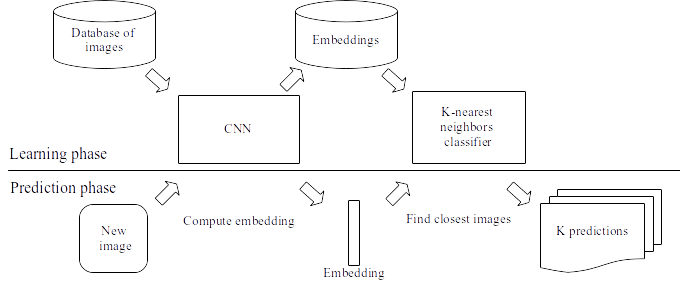Robust Re-identification of Manta Rays from Natural Markings by Learning Pose Invariant Embeddings
Visual identification of individual animals that bear unique natural body markings is an important task in wildlife conservation. The photo databases of animal markings grow larger and each new observation has to be matched against thousands of images. Existing photo-identification solutions have constraints on image quality and appearance of the pattern of interest in the image. These constraints limit the use of photos from citizen scientists. We present a novel system for visual re-identification based on unique natural markings that is robust to occlusions, viewpoint and illumination changes. We adapt methods developed for face re-identification and implement a deep convolutional neural network (CNN) to learn embeddings for images of natural markings. The distance between the learned embedding points provides a dissimilarity measure between the corresponding input images. The network is optimized using the triplet loss function and the online semi-hard triplet mining strategy. The proposed re-identification method is generic and not species specific. We evaluate the proposed system on image databases of manta ray belly patterns and humpback whale flukes. To be of practical value and adopted by marine biologists, a re-identification system needs to have a top-10 accuracy of at least 95%. The proposed system achieves this performance standard.
PDF Abstract